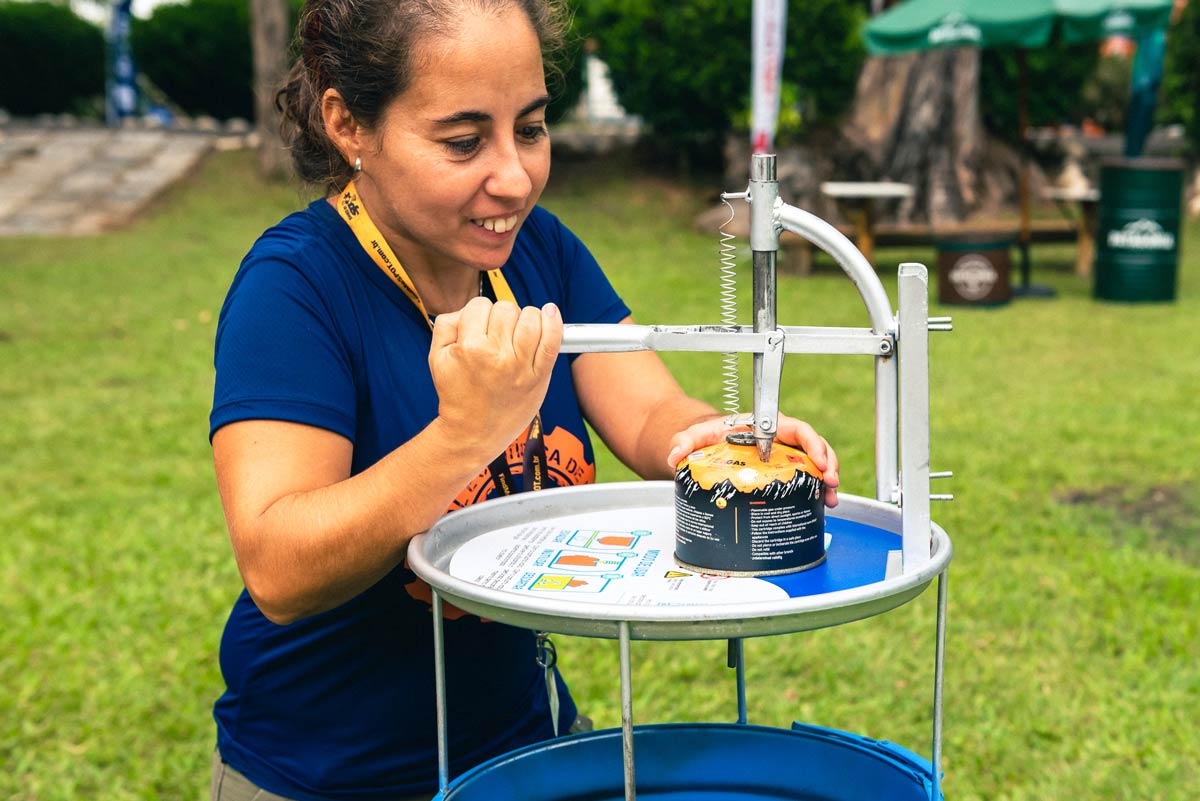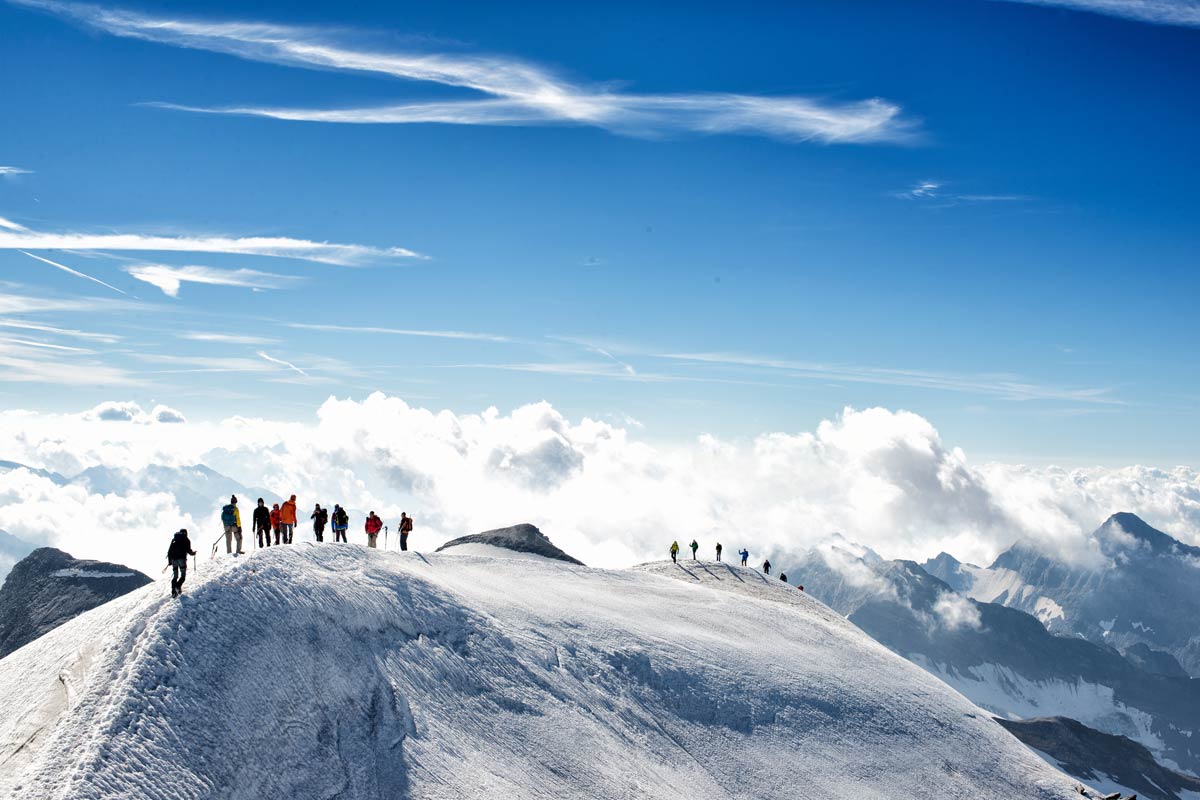Editor’s Note: We asked Claude Eckhardt, former General Secretary of the UIAA – International Mountaineering and Climbing Federation to prepare an overview of highlights in the history of the UIAA since 1932. The views expressed are his alone.
The creation and first decades
Informal and friendly meetings between representatives of various countries took place with the creation of Alpine Clubs in the second half of the 19th century.
But it was only in 1932 that the Club Alpin Français (now known as Fédération Française des Clubs Alpins et de Montagne FFCAM) organised a formal week long meeting in Chamonix that was attended by 20 associations. The historic decision to found an international alpine association was taken by the General Assembly on 27 August 1932 during that meeting and the group’s mission and very ambitious objectives of the organization were defined. The president would be designated by the Swiss Alpine Club.
The first General Assembly attended by 33 mountaineering associations took place in 1933 in Cortina d’Ampezzo (I) under the presidency of Egmond d’Arcis who proposed the name Union Internationale des Associations d’Alpinisme.
The pre-war years were a period of intense creativity and activity for the UIAA and more than 25 detailed and well documented reports were produced which covered diverse issues.
Public statements on common positions were also released, especially on environmental issues such as the construction of cable-car projects on some well-known summits.
After World War II
The UIAA General Assembly reconvened in Geneva in 1947 after the war, still under the leadership of E. d’Arcis. The output of UIAA work wasn’t as intensive as in the pre-war years but nonetheless concentrated on diverse activities such as youth training, weather forecasts services, rescue and safety techniques and mountain protection actions.
This was a period of restructuring for the UIAA and the practice of a four year term for presidents was established. D’Arcis’ successors (1964 – 1975) were Edouard Wyss-Dunant, Albert Eggler and Jean Juge.
The 1950s and early 1960s was a time when alpinism evolved and 8,000 metre peaks were being conquered around the world. The UIAA tried, unsuccessfully, to build a common system of difficulties graduation replacing the existing national scales. Climbing and ski mountaineering competitions were examined but the UIAA was very reluctant about it. Communication via the Bulletin was improved.
The presidency of Pierre Bossus lasted from 1976 to 1984. Studies and guidelines were worked out about trekking, altitude illness, leaders training in great ranges countries and the ratification of a 7th grade of climbing difficulty. Concerns about social and environmental impacts of treks and expeditions in the great ranges resulted in the UIAA Kathmandu Declaration (1982). The same year, the 50th UIAA anniversary was celebrated in Chamonix, and a well documented booklet from P. Bossus about the UIAA history was published.
Towards the end of the 20th century
In 1985, under the presidency of Carlo Sganzini the UIAA seat moved to Lugano from Geneva. His primary focus was on administrative restructuring, a rigorous fees system and sound financial management. Commissions still continued to work and achievements included the development of safety tests and labels, peak fees negotiations and in realizing the Kathmandu Declaration poster.
Sganzini was succeeded in 1990 by Pietro Segantini who focussed on ethics and environmental questions, medical works and climbing competition structures (CICE and then ICC). During his time, the International Olympic Committee (IOC) granted provisional recognition to the UIAA. Full recognition came in 1995. During this time an expedition made of prominent UIAA personalities undertook an expedition, in 1994 for a first ascent of a 5026 m Peak in Tien Shan. The IOC later agreed to have it named Pic Olympia to mark the Olympic Centennial.
In 1992, the office was again moved, this time to Bern, and work began on reviewing the objectives of the UAA and new statutes, later adopted by the General Assembly in 1996.
After Segantini’s sudden death on May 1995, Ian Mc Naught Davis was elected interim president and then again re-elected twice as president until 2004.
Under McNaught Davis topics tackled by the UIAA included access issues, first handled by a working group created in 1993. In 1997, a UIAA Seminar on outstanding social and human values of mountaineering was held in Paris which included the participation of specialists in sociology, psychology and education.
An Access and Conservation Commission was eventually created in 1999. That same year an International Ski Mountaineering Commission (ISMC) was created which took over the management of ski mountaineering competition from Comité International de Ski Alpinisme de Compétition (CISAC).
Another major achievement was a worldwide congress organised by the Austrian and German Alpine Clubs in Innsbruck which agreed upon the “Tirol Declaration” on ethics in the practice of mountaineering and climbing. The meeting and declaration was the result of five years of work by the Mountaineering Commission.
By 1998, the bulletin was replaced by a journal with improved presentation and content, called ‘World Mountaineering and Climbing’.”
Modern times
In early 2000 the UIAA developed a strategic plan and Sport and Development director engaged for its implementation. But the expected sponsorship and financial strategy did not materialize due to an unsure economical situation after the 9/11 attack in the U.S.A.
A few years later, in 2003, a new structure was established to manage ice climbing competitions. However, pressure for more independence for climbing competitions led to the formation of a working group that proposed a new UIAA structure which was approved in the General Assembly of 2004 in Delhi.
But disagreements over the implementation of the new structure led to the resignation of Alan Blackshaw who stepped down after the General Assembly in 2005.
Despite the considerable efforts of the interim president Pierre Humblet, no solution was reached, and the organization split during the 2006 General Assembly resulting in the creation of an independent International Climbing Competition Federation.
During the term of Mike Mortimer as president, the ski mountaineering competition split as well and went on to build an independent international federation.
The UIAA celebrated its 75th birthday in 2007 in Chamonix.
In the following years, difficulty in getting agreement on objectives and governance led to Mike Mortimer stepping down from the presidency towards the end of 2011, despite his re-election in 2010.
The October 2012 annual General Assembly in Amsterdam resulted in the election of Frits Vrijlandt, following the one-year term of Jordi Colomer who was elected interim president in Kathmandu (2011) after Mortimer stepped down. Vrijlandt positioned himself as the candidate of change with a promise to stabilize the organization and implement a four year strategic plan approved at the same meeting.
Let us hope that under his presidency, the now 80 year old friendly relations within the UIAA will once again help in the promotion of valuable mountaineering and climbing ethics as well as the preservation of natural mountain environments around the world.


